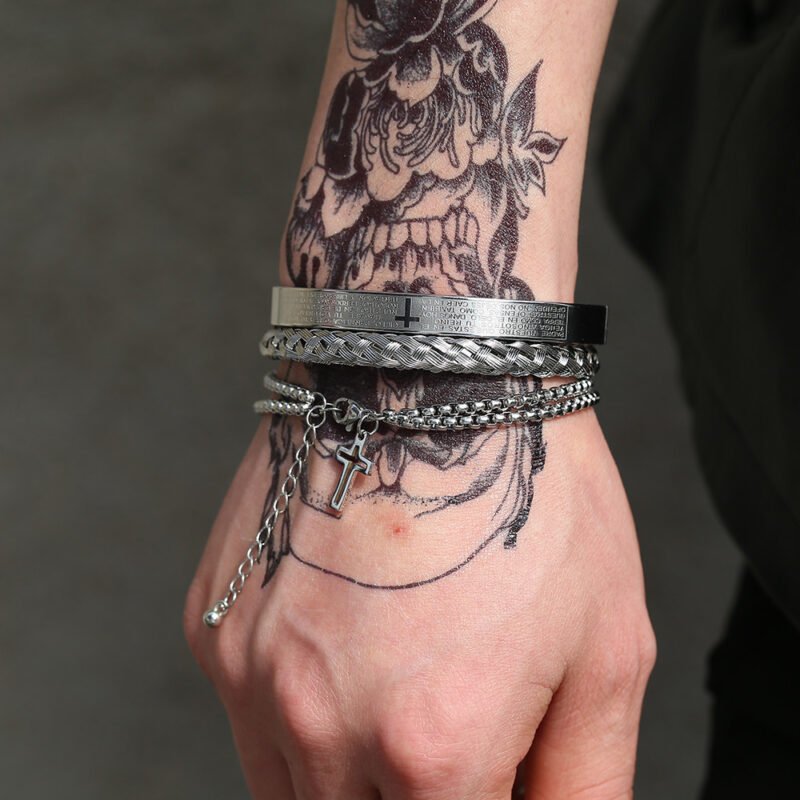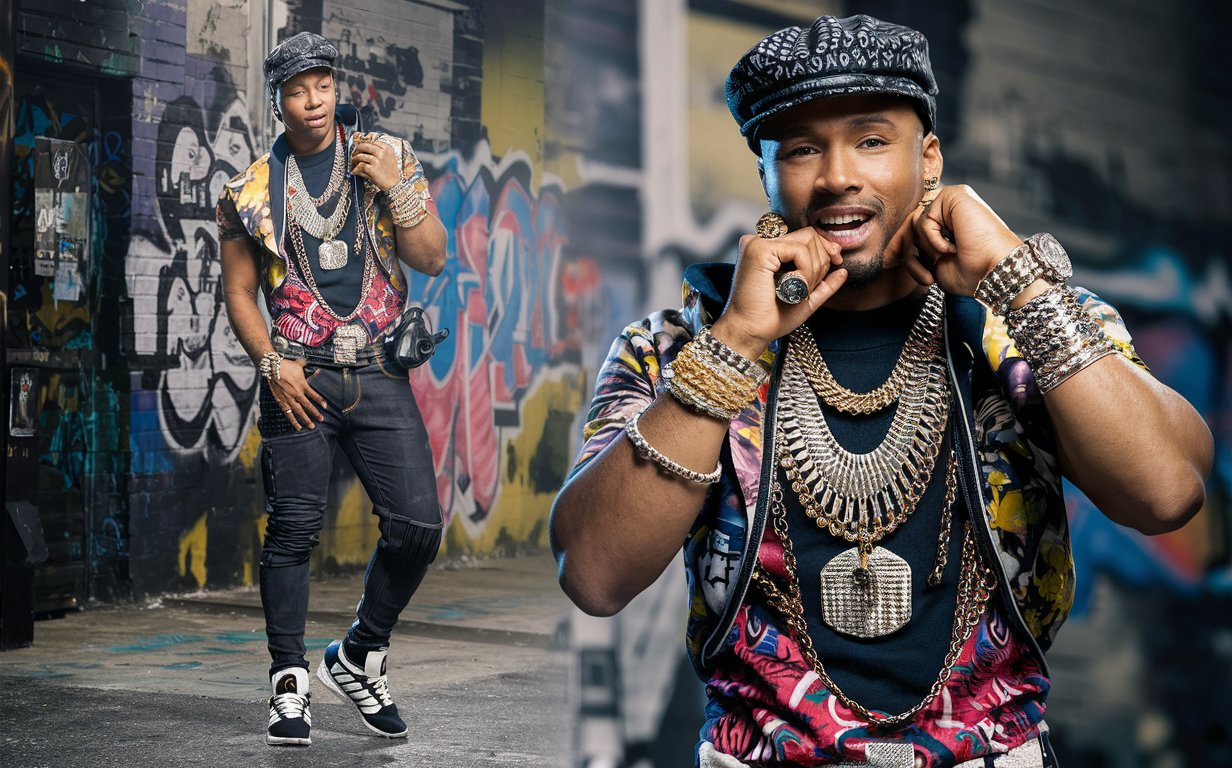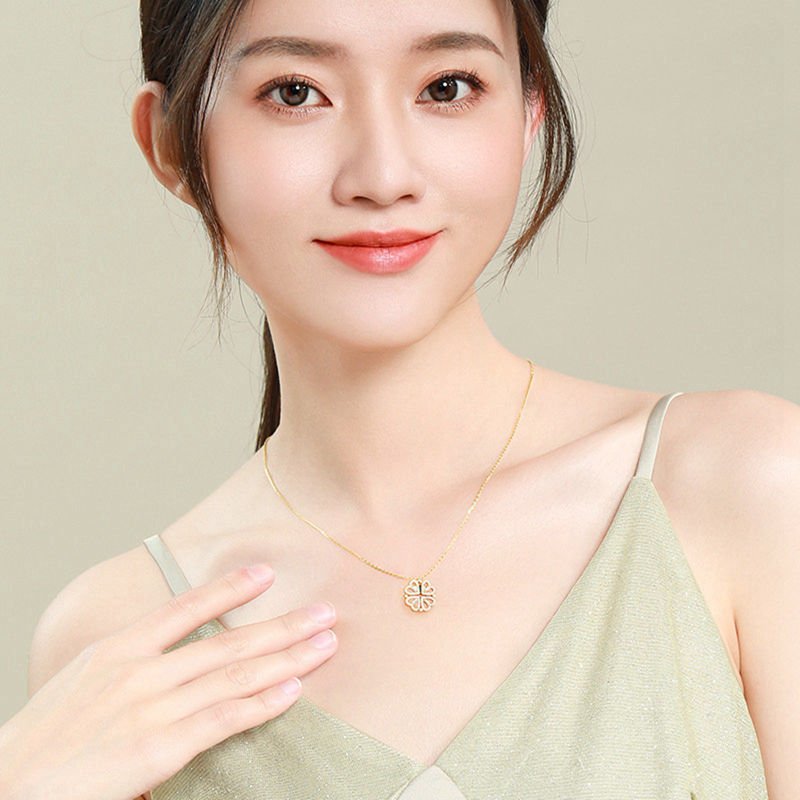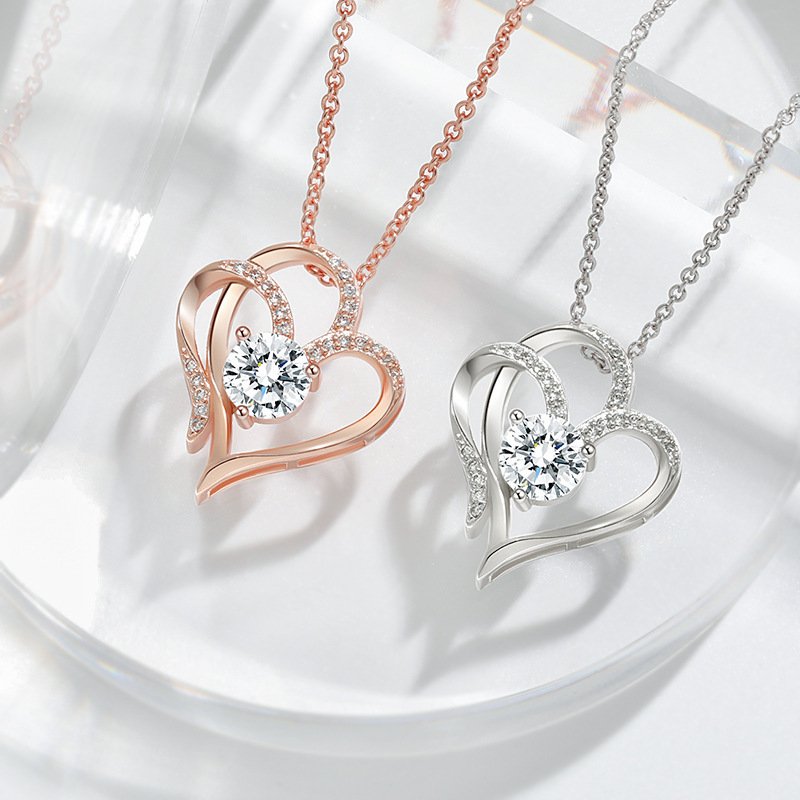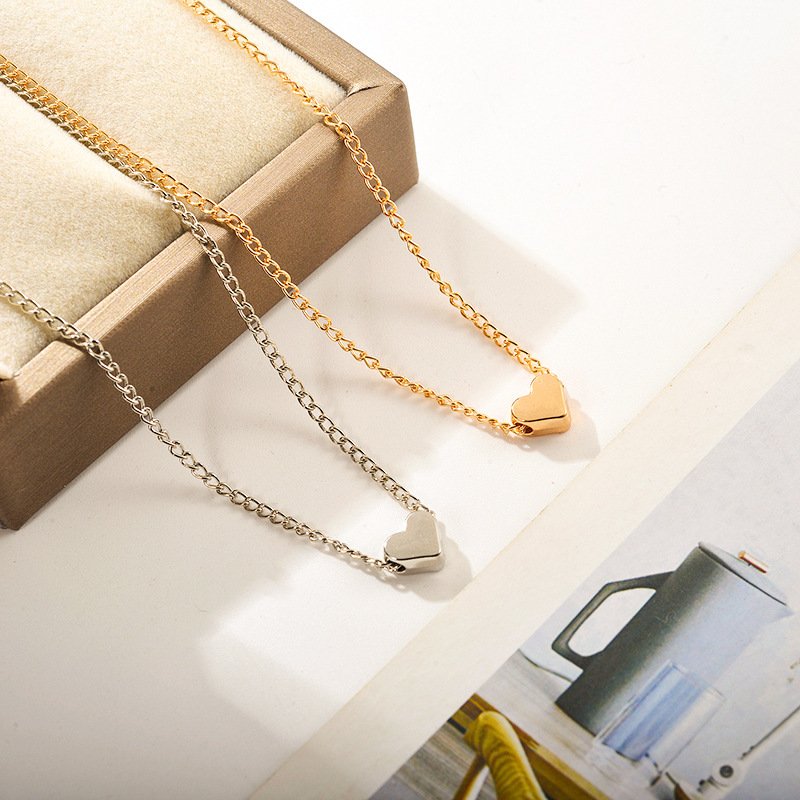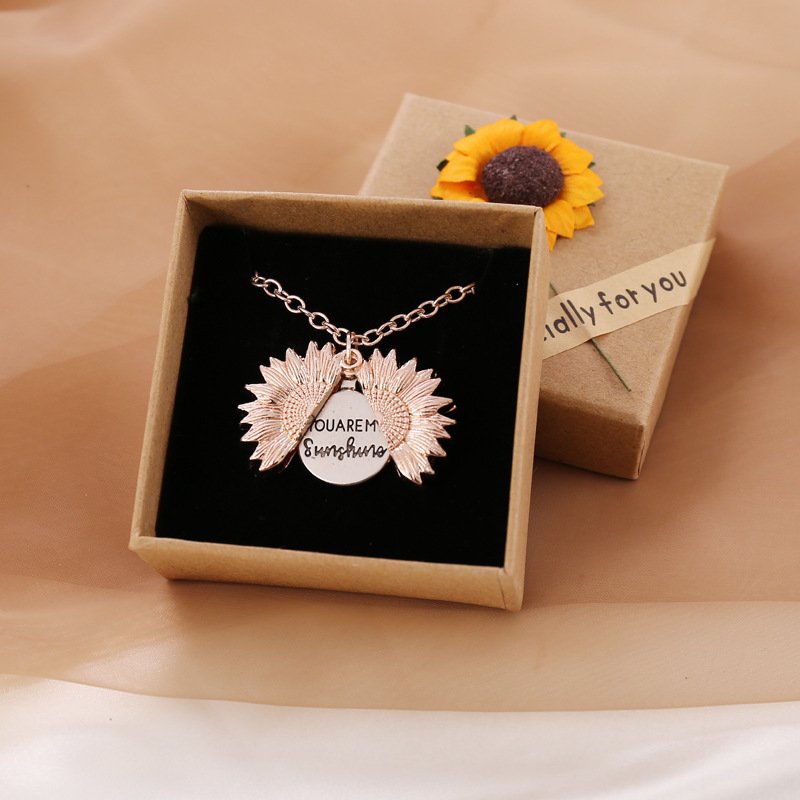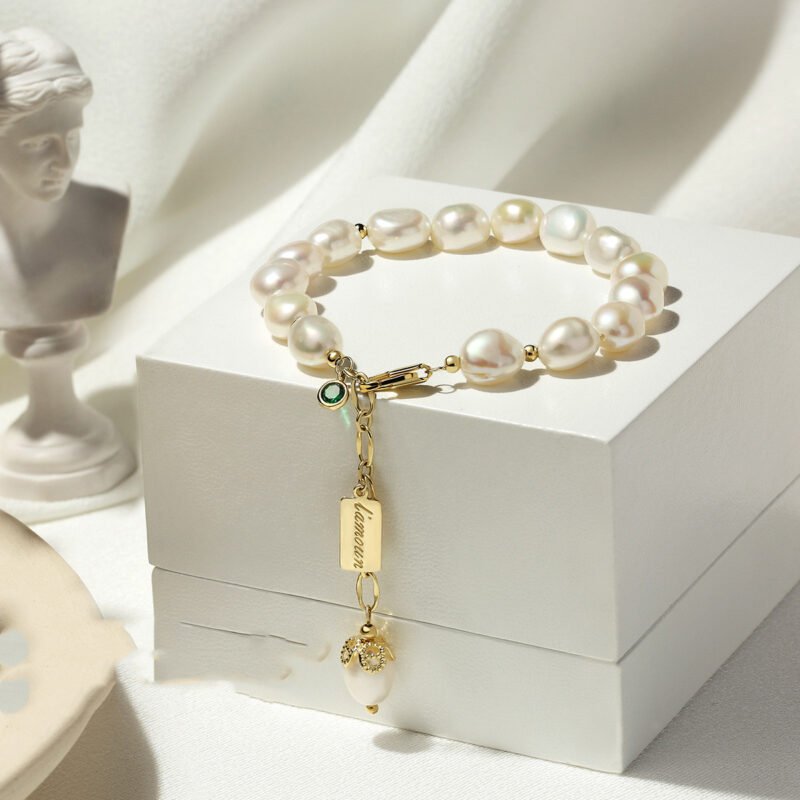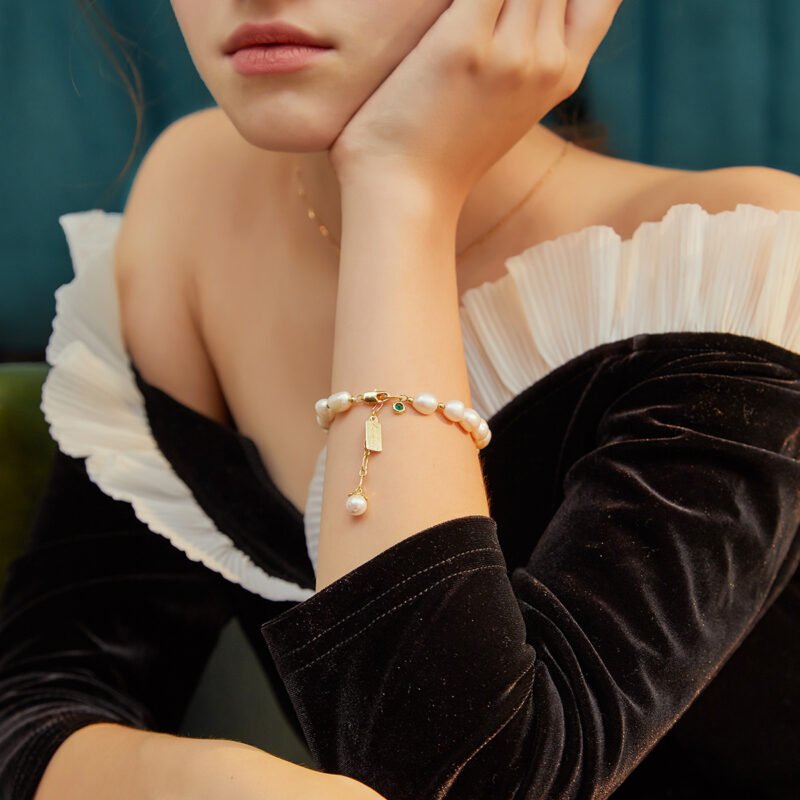Table of Contents
History of Retro Fashion Jewelry
Retro fashion jewelry has a rich history that dates back to the early 20th century. During the Art Deco period of the 1920s and 1930s, jewelry designers were inspired by geometric shapes, bold colors, and the glamour of Hollywood. This era marked a shift towards modern and innovative designs, with the use of materials such as bakelite, celluloid, and rhinestones becoming popular in jewelry production.
Following the Art Deco period, retro jewelry saw a resurgence in the 1950s and 1960s with a focus on playful, colorful designs influenced by pop culture trends of the time. This era embraced the use of materials like plastic, lucite, and enamel, reflecting the optimism and creativity of post-war society. The 1970s and 1980s continued this trend with bold, statement pieces that reflected the eclectic and eclectic fashion of the disco era.
Influence of Pop Culture on Retro Jewelry Trends
The influence of pop culture on retro jewelry trends is profound and ever-evolving. From the glamorous icons of the past to the modern-day celebrities, pop culture has continuously shaped the styles and designs of retro jewelry. Celebrities have often been trendsetters in the world of fashion, showcasing and popularizing various pieces of vintage jewelry through their public appearances and performances.
Moreover, movies, TV shows, and music videos have also played a significant role in reviving interest in retro jewelry styles. The iconic pieces worn by characters on screen often become sought-after items among enthusiasts and collectors. The nostalgia and charm associated with vintage jewelry featured in popular culture have undoubtedly contributed to the resurgence of retro jewelry trends in contemporary fashion scenes.
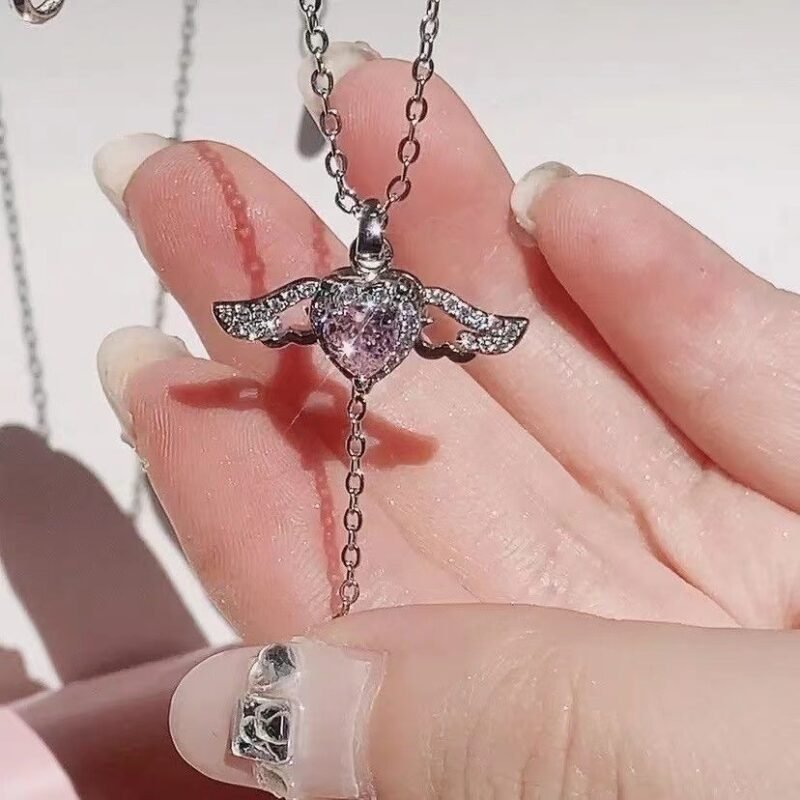
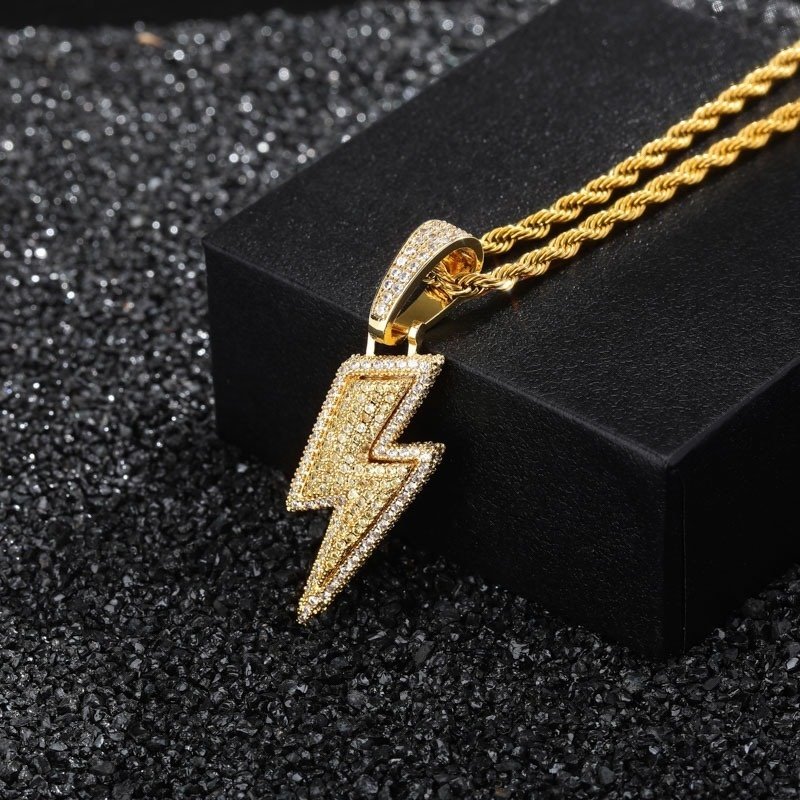
Materials Used in Retro Fashion Jewelry
Retro fashion jewelry encompasses a wide range of materials, each playing a significant role in defining the era from which it originates. One popular material used in retro jewelry is Bakelite, a type of plastic known for its vibrant colors and durability. Bakelite was widely used in the 1920s and 1930s, especially in the creation of bold bangles and statement pieces that captured the essence of Art Deco design.
Another prevalent material in retro fashion jewelry is Lucite, a transparent thermoplastic that gained popularity in the 1940s and 1950s. Lucite allowed for the creation of intricate designs and vibrant colors, making it a favorite among jewelry designers seeking to make a bold statement. Its lightweight nature also made it a practical choice for larger, more elaborate pieces that defined the glamour of mid-century fashion.
Popular Styles of Retro Jewelry
Retro fashion jewelry encompasses a wide range of styles that have made a resurgence in popularity in recent years. One popular style of retro jewelry is Art Deco, characterized by geometric shapes, bold colors, and intricate designs. This style emerged in the 1920s and 1930s, reflecting the modern and glamorous aesthetic of the time.
Another favored style of retro jewelry is Mid-Century Modern, which gained prominence in the 1950s and 1960s. This style is known for its clean lines, minimalist designs, and use of materials like lucite, enamel, and aluminum. Mid-Century Modern jewelry often features abstract and organic shapes, reflecting the era’s interest in space exploration and futuristic designs.
Celebrities and Retro Jewelry
Celebrities have long been trendsetters in the world of fashion, and their influence extends to the realm of jewelry as well. Their choices in retro jewelry pieces often spark new trends and revitalize interest in vintage styles. Iconic stars like Audrey Hepburn, Marilyn Monroe, and Elizabeth Taylor have all been known for their impeccable taste in accessories, showcasing statement pieces that have stood the test of time.
The allure of retro jewelry on the red carpet continues to captivate audiences, with modern celebrities incorporating vintage-inspired pieces into their high-profile appearances. Whether it’s a classic pair of chandelier earrings, a bold cocktail ring, or a shimmering art deco necklace, retro jewelry adds a touch of nostalgic glamour to any ensemble. By embracing and celebrating the timeless elegance of vintage designs, celebrities play a pivotal role in keeping the allure of retro fashion jewelry alive and relevant in today’s style landscape.
• Celebrities have long been trendsetters in the world of fashion
• Their influence extends to the realm of jewelry as well
• Iconic stars like Audrey Hepburn, Marilyn Monroe, and Elizabeth Taylor are known for their impeccable taste in accessories
• Retro jewelry pieces often spark new trends and revitalize interest in vintage styles
The allure of retro jewelry on the red carpet continues to captivate audiences. Modern celebrities incorporate vintage-inspired pieces into their high-profile appearances. Whether it’s a classic pair of chandelier earrings, a bold cocktail ring, or a shimmering art deco necklace, retro jewelry adds a touch of nostalgic glamour to any ensemble. By embracing and celebrating the timeless elegance of vintage designs, celebrities play a pivotal role in keeping the allure of retro fashion jewelry alive and relevant in today’s style landscape.
How to Care for Vintage Jewelry
To ensure the longevity of your vintage jewelry pieces, it is imperative to handle them with care and attention. One important aspect of maintaining the beauty of these treasures is to avoid exposure to harsh chemicals such as perfumes, lotions, and cleaning agents. These substances can tarnish metals and damage gemstones over time, diminishing the value and allure of your jewelry.
Storing your vintage jewelry properly is another crucial factor in preserving its integrity. To prevent scratches and tangles, it is advisable to store each piece separately in soft cloth pouches or lined jewelry boxes. Additionally, keeping your jewelry away from direct sunlight and extreme temperatures will help prevent discoloration and deterioration of delicate components. By following these simple yet essential care tips, you can continue to enjoy the beauty and elegance of your vintage jewelry for years to come.
Tips for Styling Retro Jewelry
To style retro jewelry effectively, always consider the era the piece originates from. For example, 1920s Art Deco jewelry pairs well with sleek, Gatsby-inspired outfits for a sophisticated look. Mix and match pieces from different decades to create a unique and eclectic style that showcases your individuality. Additionally, pay attention to the color scheme and motifs of your retro jewelry to ensure they complement your overall outfit.
When it comes to layering retro jewelry, less is often more. Select a statement piece as the focal point of your ensemble and build around it with subtle, complementary pieces. Mixing metals, textures, and sizes can add depth and interest to your look without overwhelming the eye. Experiment with different combinations to find what works best for you and don’t be afraid to break fashion “rules” to create a standout retro-inspired style.
Sustainable Practices in Retro Jewelry Production
When it comes to retro jewelry production, sustainability is becoming an increasingly important focus for many designers and brands. One key sustainable practice is using recycled materials to create new pieces. By repurposing materials like vintage charms, broken jewelry, and reclaimed metals, designers can reduce waste and lessen the environmental impact of their creations.
Another sustainable approach is implementing ethical sourcing methods for gemstones and metals. This involves ensuring that materials are obtained in a responsible manner, both environmentally and ethically. By working with suppliers who adhere to fair trade practices and prioritize sustainable mining, jewelry makers can contribute to the well-being of both the planet and the communities involved in the production process.
Collecting Vintage Jewelry: What to Look For
When it comes to collecting vintage jewelry, there are key elements to consider in order to build a valuable and eclectic collection. Pay close attention to the craftsmanship and quality of the pieces you are considering. Look for well-made jewelry with intricate details, sturdy settings, and quality materials. Items that show signs of wear or damage may not hold their value as well over time.
Another important aspect to look for when collecting vintage jewelry is the authenticity of the piece. Seek out pieces that come with a clear provenance or history to ensure that they are genuine and not replicas or imitations. Research the era and style of the jewelry to better understand its significance and place in fashion history. By acquiring pieces with a clear lineage, you can enhance the overall value and appeal of your vintage jewelry collection.
Future Trends in Retro Fashion Jewelry
As we look ahead to the future of retro fashion jewelry, we anticipate a continued surge in the popularity of bold statement pieces from decades past. Expect to see an emphasis on oversized earrings, chunky bracelets, and colorful beads reminiscent of the iconic styles of the 1960s and 1970s. Designers are likely to draw inspiration from retro motifs such as geometric shapes, psychedelic patterns, and nature themes to create unique and eye-catching jewelry pieces for the modern fashionista.
Another trend that is expected to gain momentum in the realm of retro fashion jewelry is the revival of vintage-inspired craftsmanship techniques. Artisans are increasingly incorporating traditional methods such as hand engraving, filigree work, and intricate metalwork into their designs to add a touch of nostalgia and authenticity to their pieces. This embrace of artisanal skills not only enhances the quality and value of retro jewelry but also reflects a growing appreciation for the artistry and craftsmanship of yesteryear.
What is retro fashion jewelry?
Retro fashion jewelry refers to jewelry pieces that are inspired by past eras, typically from the 1920s to the 1990s. These pieces often feature bold designs, bright colors, and unique materials.
Why is retro fashion jewelry popular?
Retro fashion jewelry has gained popularity due to its nostalgic appeal, unique designs, and ability to add a vintage touch to modern outfits. It allows individuals to express their personal style and stand out from the crowd.
How can I care for vintage jewelry?
To care for vintage jewelry, it is important to store it in a cool, dry place away from direct sunlight. Avoid exposing it to harsh chemicals, perfumes, or lotions, and regularly clean it with a soft cloth. For more delicate pieces, consider getting them professionally cleaned and inspected.
What are some popular styles of retro jewelry?
Some popular styles of retro jewelry include art deco designs from the 1920s, mid-century modern pieces from the 1950s and 1960s, and bold, chunky styles from the 1980s. These styles often feature geometric shapes, bright colors, and statement-making designs.
How can I incorporate retro jewelry into my wardrobe?
To incorporate retro jewelry into your wardrobe, consider mixing and matching different eras and styles. Pair a statement necklace from the 1980s with a simple, modern outfit, or layer multiple vintage bracelets for a bohemian look. Experiment with different combinations to find what works best for you.
Are there sustainable practices in retro jewelry production?
Yes, there are sustainable practices in retro jewelry production, such as upcycling old materials, using eco-friendly packaging, and supporting ethical labor practices. Many designers and brands are increasingly focusing on sustainability and eco-consciousness in their production processes.
What should I look for when collecting vintage jewelry?
When collecting vintage jewelry, look for pieces that are in good condition, have unique designs or features, and are made with high-quality materials. Pay attention to the craftsmanship, signature marks, and overall aesthetic appeal of the piece. Additionally, consider the historical significance or cultural relevance of the jewelry.
What are some future trends in retro fashion jewelry?
Some future trends in retro fashion jewelry may include a revival of specific eras or styles, such as 1990s grunge or 1970s bohemian. Sustainable and ethical practices are likely to become more prominent, as well as a focus on personalized, one-of-a-kind pieces. Keep an eye out for innovative designs and collaborations that push the boundaries of traditional vintage jewelry.



